Thirteen countries on Earth receive over 100 inches (2,540 millimeters) of rain in an average year (and one that is so close that it deserves an honorable mention). Here is a look at the rainiest countries in the world.
1. Colombia
The South American nation of Colombia is the rainiest country on Earth. Parts of the nation near the Pacific Ocean receive an average of 127.5 inches (3,240 millimeters) of rain each year. It rains nearly every day in parts of western Colombia, meaning there are parts of the country that are permanently flooded. Colombia is one of thirteen nations that are situated along the equator. The nation’s superabundant rainfall also helps propagate Colombia’s two rainforests: the Amazon and the Chocó. The prolific rainfall feeds the habitat of a massive number of different animals. Colombia is one of the world’s eighteen megadiverse countries.
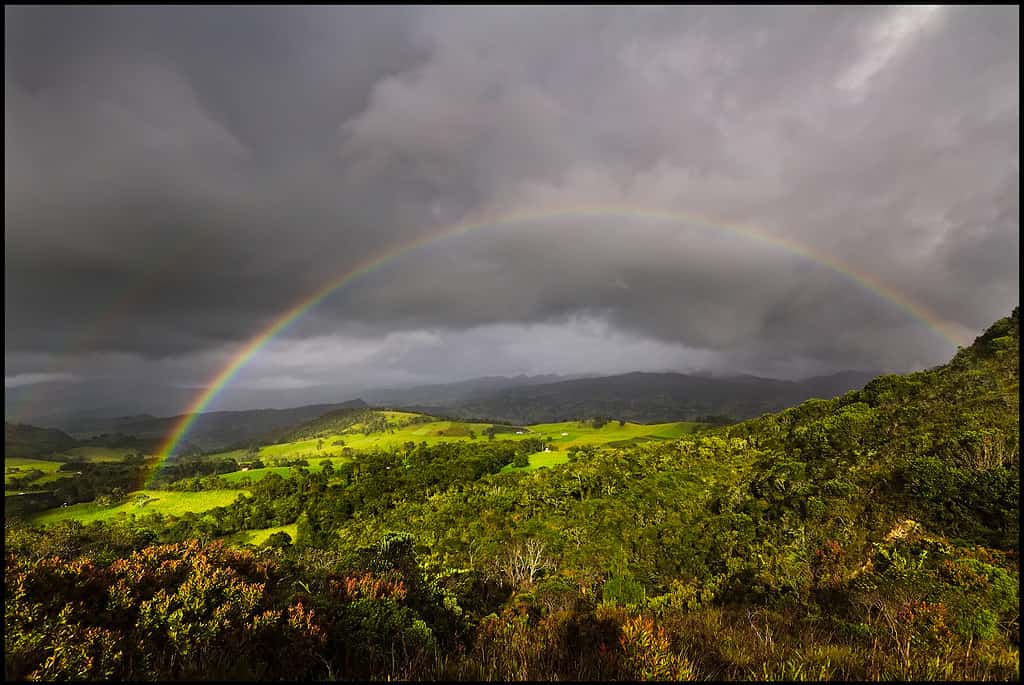
Columbia is the rainiest nation on the planet.
©Pedro Szekely from Los Angeles, USA / CC BY-SA 2.0 – License
2. (tie) São Tomé and Príncipe
São Tomé and Príncipe is a small African country. The nation consists of archipelagos that center around the two main islands: the island of São Tomé and the island of Príncipe. The main islands lie about 93 miles (150 kilometers) apart in the Gulf of Guinea off the coast of western Africa. São Tomé and Príncipe is another equatorial country. The nation receives 126 inches (3,200 millimeters) of rainfall each year.

São Tomé and Príncipe receives around 126 inches of rain each year.
©Mariana Delca/Shutterstock.com
2. (tie) Tuvalu
Tuvalu ties São Tomé and Príncipe with 126 inches (3,200 millimeters) of annual rainfall. This nation, formerly known as the Ellice Islands, is located in the Oceania region in the Pacific Ocean. This ultra-tiny nation is a chain of three reef islands and six atolls. The combined land area of the islands only totals ten square miles (26 square kilometers). The country has around 11,200 residents. With its remote location and ultra-rainy climate, the United Nations World Tourism Organization listed Tuvalu as the least-visited country for 2023. Only around 3,700 tourists visit the nation each year.
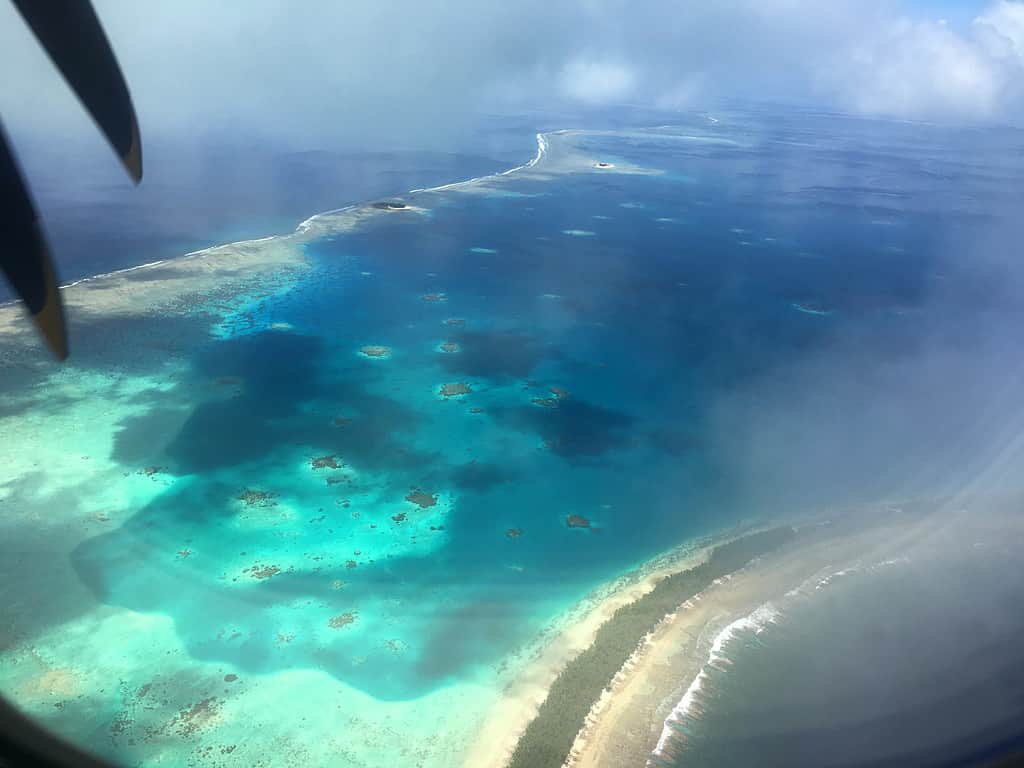
Tuvalu is not only one of the rainiest nations in the world, but it is also one of the smallest and most remote.
©Maximilien Leblanc/iStock via Getty Images
4. Papua New Guinea
Like Tuvalu, Papua New Guinea also lies in the Oceania region, although it is far less remote. Papua New Guinea shares a land border with Indonesia and is only around 93 miles (150 kilometers) from the northern coast of Australia. The nation receives an average of nearly 124 inches (3,142 millimeters) of rain each year, allowing a wide array of life to thrive. Papua New Guinea is another of the world’s megadiverse countries.

The abundant rainfall in Papua New Guinea provides habitats for a huge number of animals, such as the great Salvadori’s monitor.
©Vladislav T. Jirousek/Shutterstock.com
5. Solomon Islands
The Solomon Islands sit several hundred miles to the west of Papua New Guinea. The country is comprised of six major islands over more than 900 small islands. The islands of this nation receive around 119 inches (3,028 millimeters) of rain annually.
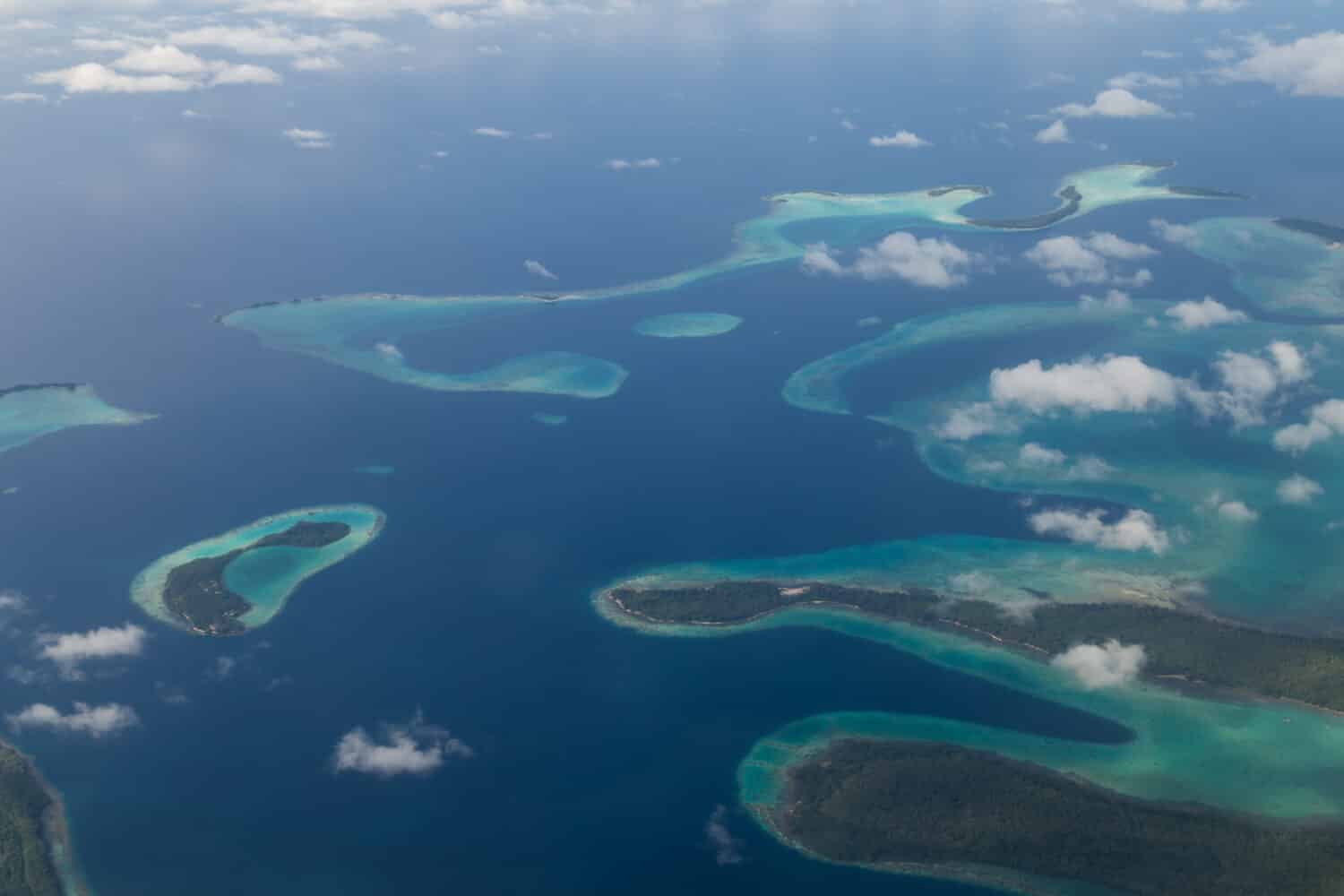
The hundreds of islands in the Solomon Islands receive massive amounts of rain each year.
©Oliver Foerstner/Shutterstock.com
6. Panama
Panama seceded from Colombia, the world’s rainiest country, in 1903. Colombia borders Panama to the southeast. Panama is the sixth rainiest country in the world (although numbers six and seven are extraordinarily close). Panama measures just over 115 inches (2,928 millimeters) of yearly rainfall.
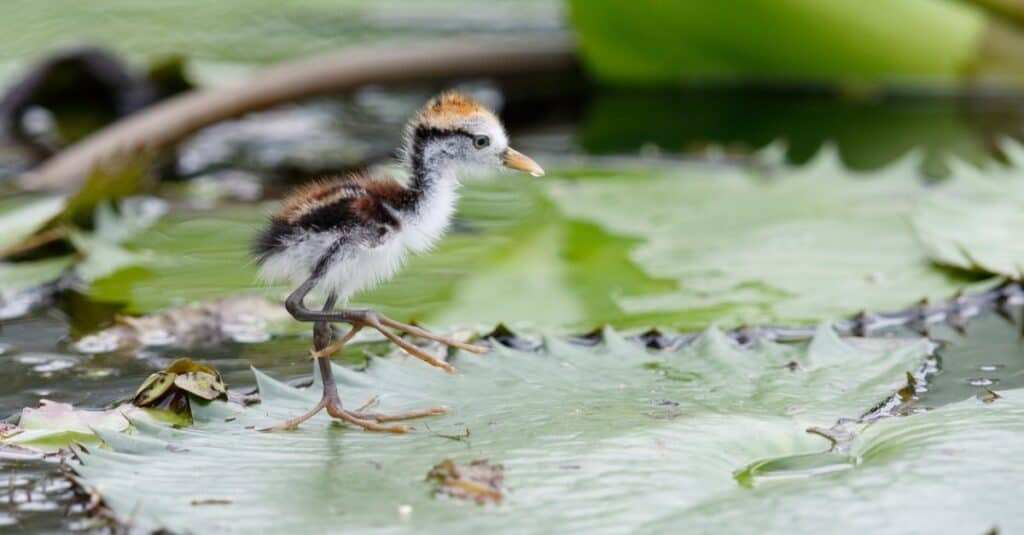
Panama’s wattled jacana population thrives in its rainy environment.
©BrianLasenby/Shutterstock.com
7. Costa Rica
Panama’s neighbor to the west is next in line. Costa Rica averages 2,926 millimeters of annual rainfall, just two millimeters less than Panama. In terms of inches, Panama averages 115.27 inches of rain, while Costa Rica typically receives 115.19 inches. The nations are a virtual tie in terms of yearly precipitation.
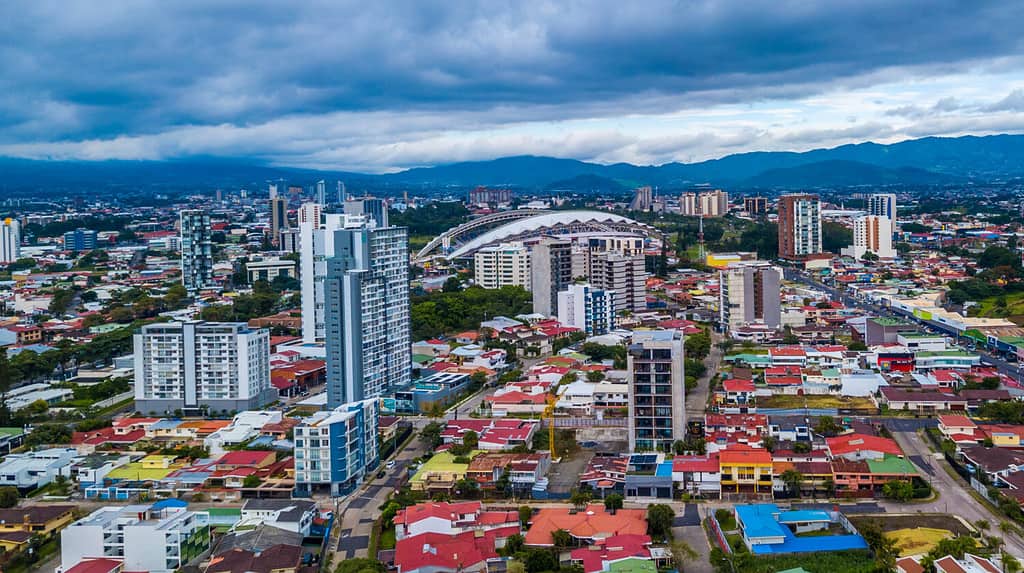
Clouds are common sights in the Costa Rican capital of San José since the nation receives over 115 inches of annual rainfall.
©Gianfranco Vivi/Shutterstock.com
8. Samoa
The Polynesian island nation of Samoa is the eighth rainiest state on Earth. This is not to be confused with the United States territory of American Samoa, which lies about 40 miles (64 kilometers) to the east. Samoa consists of two main islands, two other inhabited islands, and several uninhabited islands. This small nation receives 113.4 inches (2,880 millimeters) of rain each year.
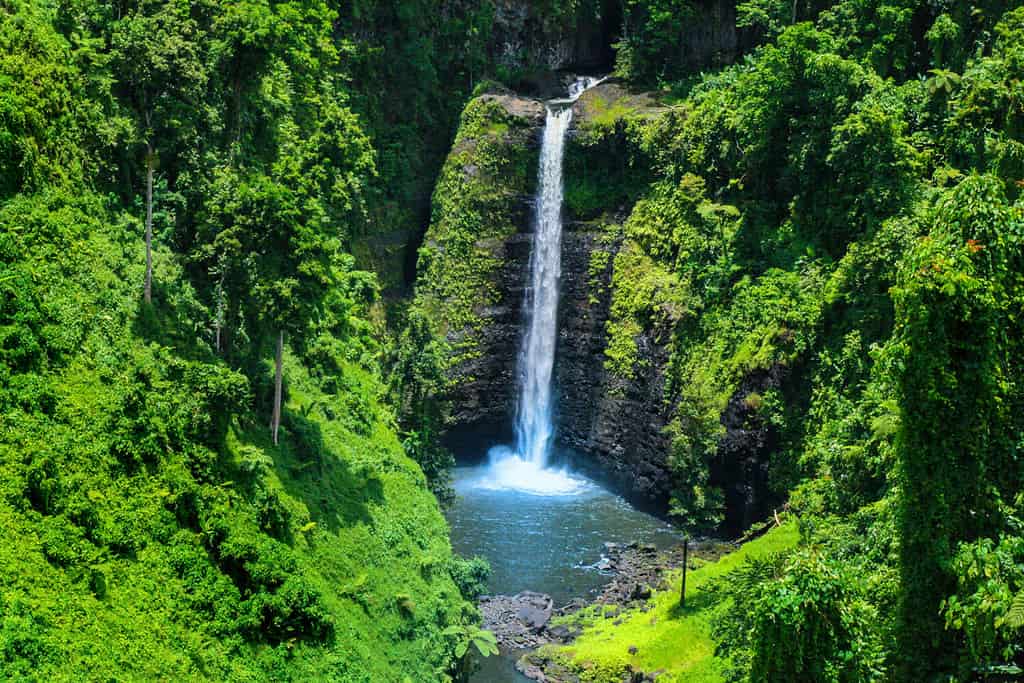
Samoa’s abundant rainfall feeds the beauty of its unspoiled wild landscapes.
©Radoslav Cajkovic/Shutterstock.com
9. Malaysia
Malaysia is divided into two regions by the South China Sea: Peninsular Malaysia and Borneo’s East Malaysia. This nation in Southeast Asia ranks as the ninth wettest nation in the world, but it doesn’t trail Samoa by much. Malaysia experiences 113.2 inches (2,875 millimeters) of annual rainfall. The rainfall supports abundant life. Malaysia is a megadiverse country.
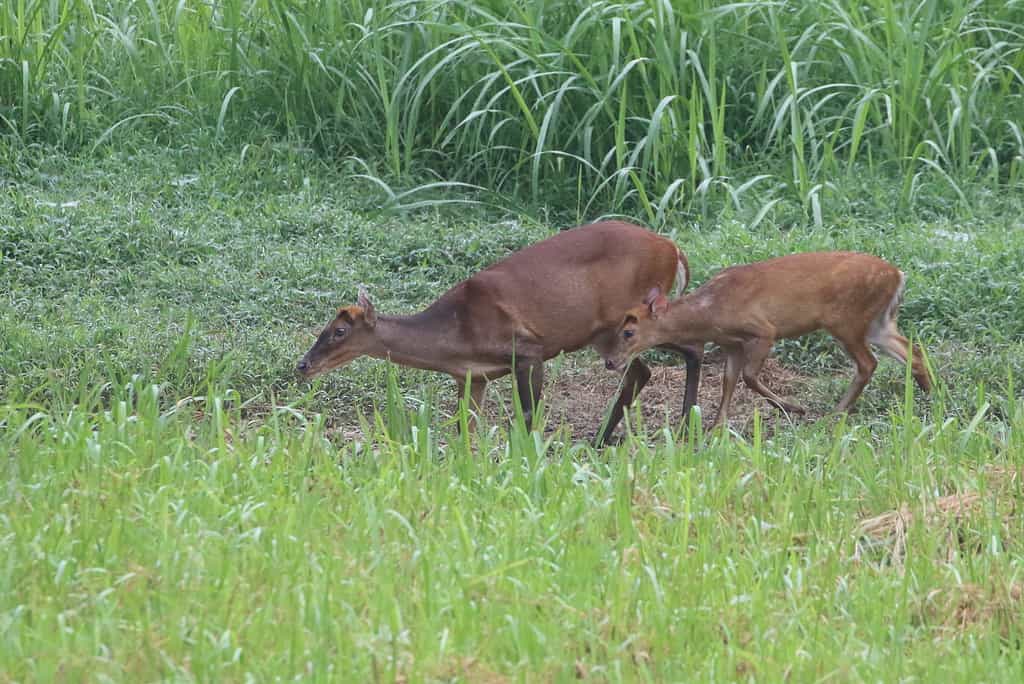
Southern red muntjacs thrive in Malaysia’s rich environment provided by its abundant rainfall.
©Richard Fuller / CC0 1.0 – License
10. Brunei
Brunei shares a maritime border with East Malaysia. Other than its coastline on the South China Sea, Brunei is completely surrounded by the Malaysian state of Sarawak. Brunei receives over 107 inches (2,722 millimeters) of rain in an average year.

Many of Brunei’s people depend on its copious rainfall to support their livelihoods.
©Leonid Andronov/Shutterstock.com
11. Indonesia
Indonesia is another megadiverse country. It is also the most populous nation on this list by far. With 278,696,200 residents, Indonesia is the fourth most populous nation in the world, trailing only China, India, and the United States. This nation in Southeast Asia is made up of over 17,000 islands. It is the world’s largest archipelagic state. Indonesia receives 106.4 inches (2,702 millimeters) of rain in a typical year.
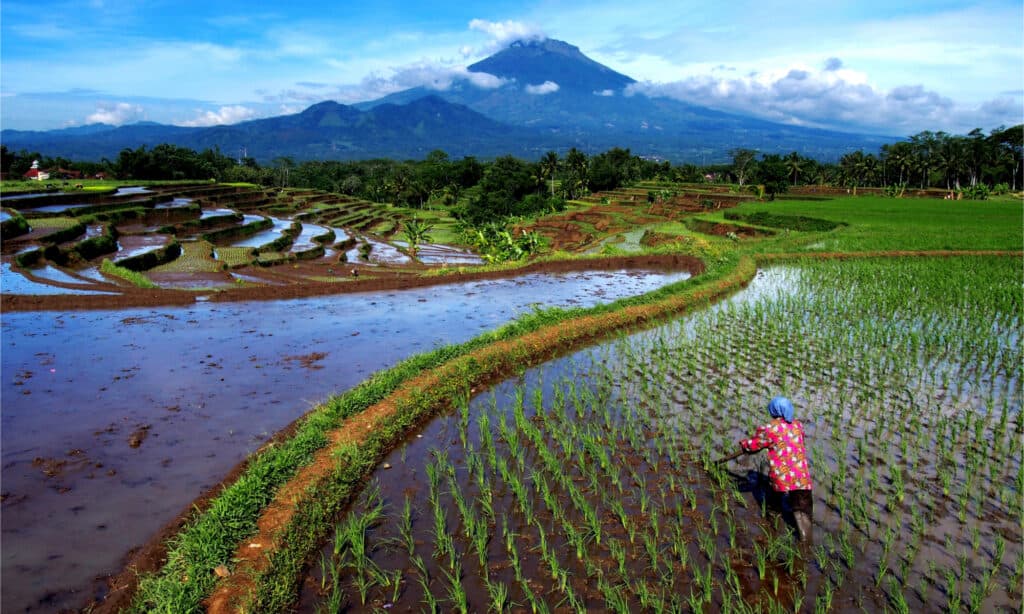
Indonesia’s high rainfall totals are essential to the nation’s rice fields.
©em faies/Shutterstock.com
12. Bangladesh
This South Asian country is the second most populous on this list, with 169,828,911 residents. It is the most densely populated among the rainiest nations in the world, with 3,020 people per square mile (1,165 people per square kilometer). Bangladesh receives nearly 105 inches (2,666 millimeters) of rainfall each year.
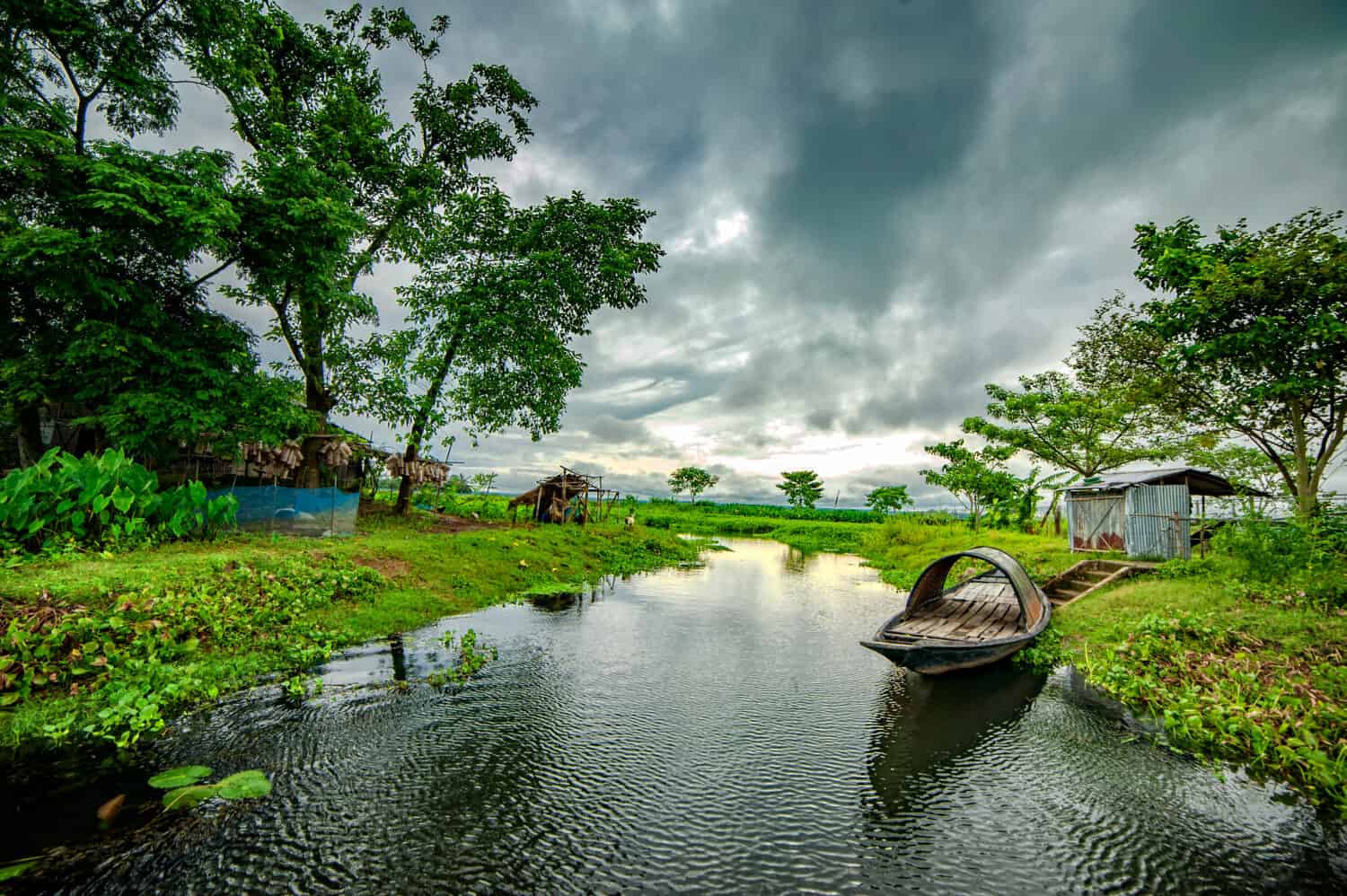
With over 105 inches of annual rainfall, boats are often the only mode of transportation in remote parts of Bangladesh.
©Chobi_Wala/Shutterstock.com
13. Fiji
Fiji is the final nation that receives over 100 inches of rain in a typical year. The country is comprised of more than 330 islands and over 500 islets in the South Pacific. The nation’s annual rainfall measures 102 inches (2,666 millimeters).
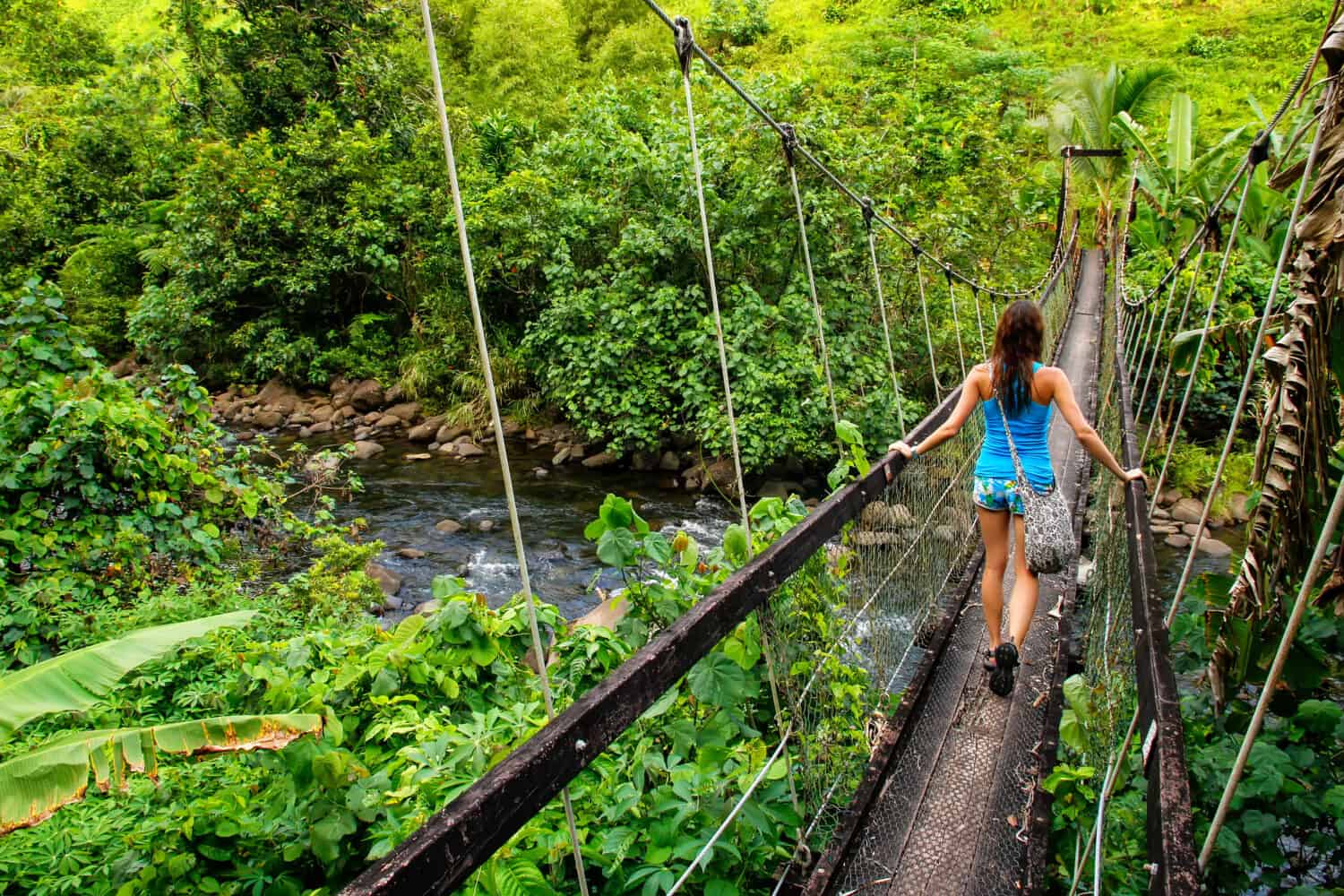
Over 100 inches of annual rainfall water the lush forests of Fiji.
©Don Mammoser/Shutterstock.com
14. Sierra Leone
Sierra Leone technically receives less than 100 inches of rain per year, but it really can’t be left off of this list because it is so close to the cutoff mark. This coastal nation in West Africa receives 99.45 inches (2,526 millimeters) of rainfall per year. Remember, these are just averages. Sierra Leone can easily top 100 inches of rain in any given year.
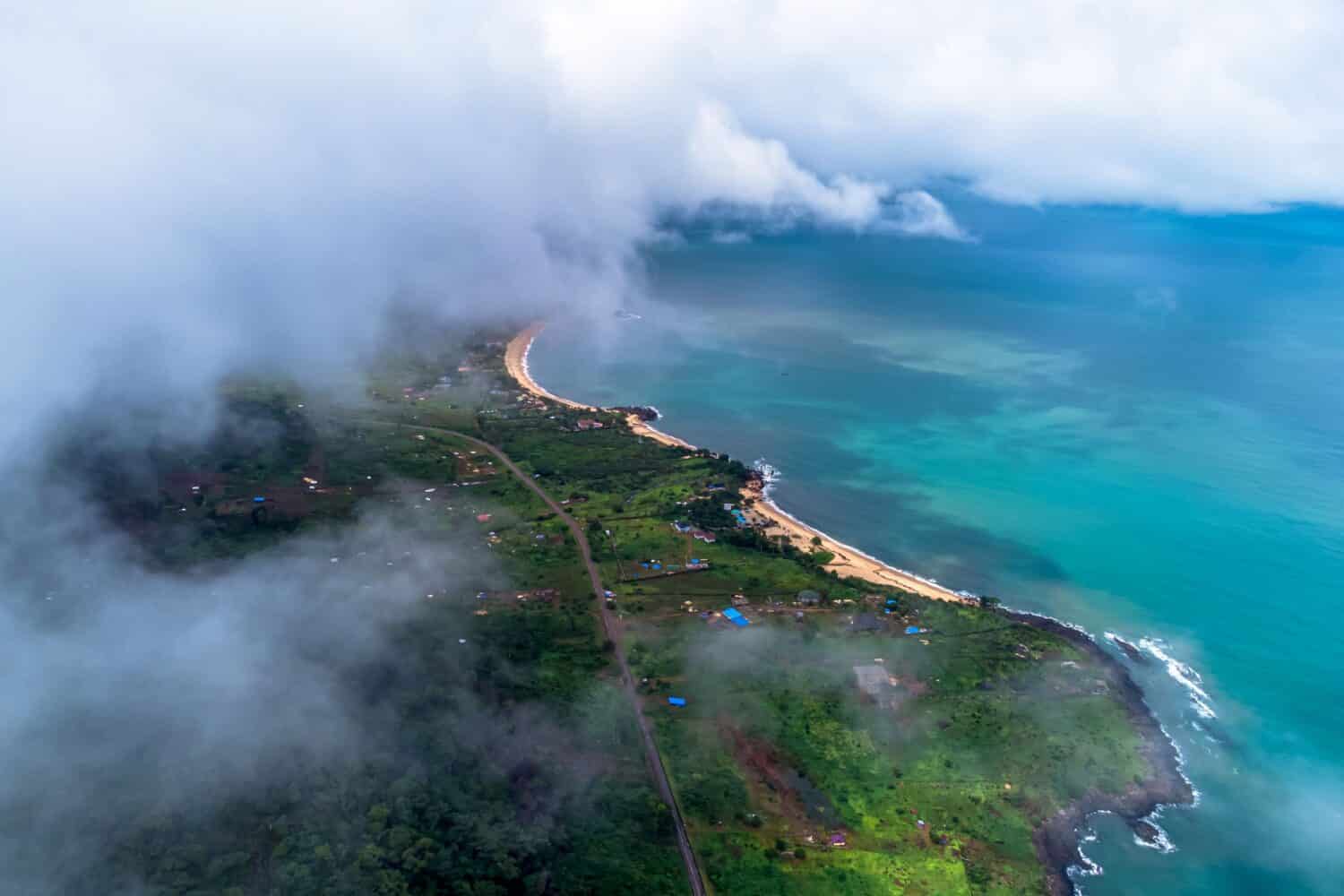
Sierra Leone averages nearly 100 inches of rain per year.
©Wirestock Creators/Shutterstock.com
The Driest Places
Our planet is one of magnificent climatic diversity. Along with these ultra-rainy places, other locations are almost incomprehensibly dry. The driest place on Earth is the McMurdo Dry Valleys in Antarctica, where climatologists believe it hasn’t rained for over two million years! The driest non-polar desert is the Atacama Desert in northern Chile. It virtually never rains there, thanks to the rain shadow cast by the Andes Mountains.

The Atacama Desert is the driest non-polar desert on Earth.
©iStock.com/Eduardo Cabanas
Driest Nations
Here is a quick glimpse at the countries that lie at the extreme opposite end of the rainfall spectrum. These are all the nations in the world that average less than five inches (127 millimeters) of rainfall per year.
| Nation | Annual Rainfall in Inches | Annual Rainfall in Millimeters |
|---|---|---|
| Egypt | 0.7 | 18 |
| Libya | 2.2 | 56 |
| Saudi Arabia | 2.3 | 59 |
| Qatar | 2.9 | 74 |
| United Arab Emirates | 3.07 | 78 |
| Bahrain | 3.26 | 83 |
| Algeria | 3.5 | 89 |
| Mauritania | 3.6 | 92 |
| Jordan | 4.4 | 111 |
| Kuwait | 4.76 | 121 |
| Oman | 4.9 | 125 |
The photo featured at the top of this post is © ojoel/iStock via Getty Images
Thank you for reading! Have some feedback for us? Contact the AZ Animals editorial team.






